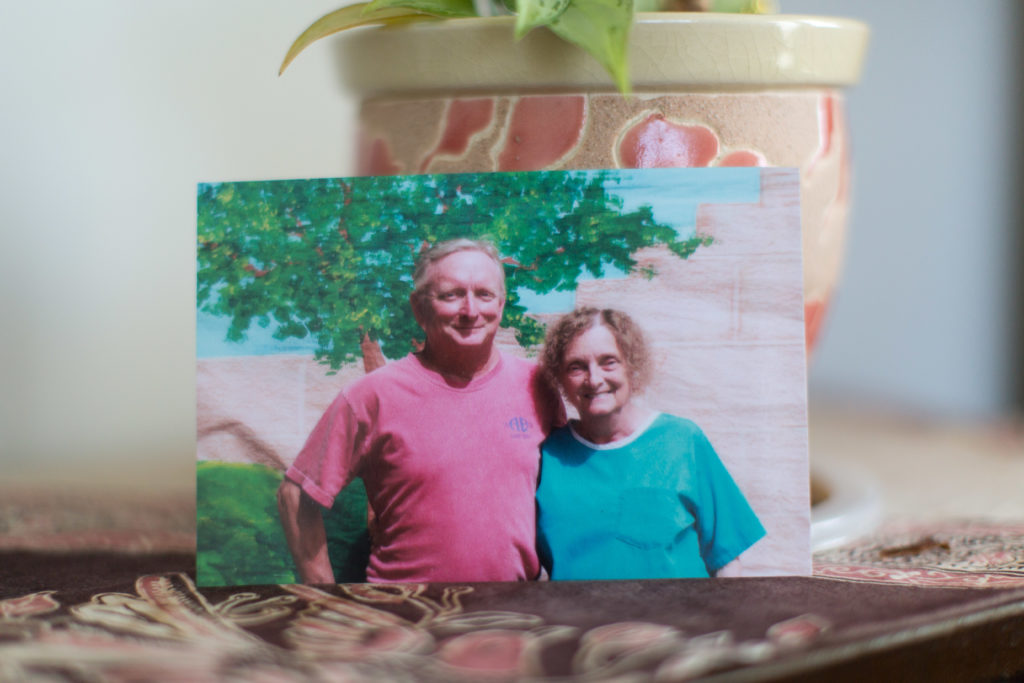
At the trial that ended with Patricia “Pat” Jennings’ death sentence, five witnesses testified about blood that spattered onto the ceiling and wall during the crime. When Pat took the stand, the prosecutor demanded that she explain how the blood got there—and implied that she was lying when she could not. During the trial’s sentencing phase, the prosecutor theorized that the blood on the ceiling flew from the victim’s mouth while Pat hit or stomped him. The truth was, there never was any blood on the ceiling or wall.
Pat was sentenced to death in 1990 for killing her husband, William Henry Jennings, in a Wilson hotel room. Without the falsified blood evidence, Pat likely would not have received a death sentence. The blood on the ceiling and wall was used to prove that Pat’s crime was “especially heinous, atrocious or cruel,” an aggravating circumstance that made her eligible for the death penalty. “Were they slaughtering chickens…? There was blood everywhere in that room,” the prosecutor told the jury.
The SBI analyst who testified at Pat’s trial, Brenda Bissette, told the jury that her initial analysis showed there was blood on the ceiling and wall. But she never told the jury about two other confirmatory tests, both of which showed that the substance on the wall was not blood. Instead, she lied and said she was unable to do further testing. She also did not reveal that the initial test is prone to false positives.
The false blood evidence was repeated over and over during the trial. Samples of the wallpaper and diagrams of the supposed blood spatter were shown to the jury. “Remember the blood on the ceiling?” the prosecutor asked the jury during the trial’s sentencing phase. “Was he throwing his arms in defense and the blood shot up from the defensive wounds on the back of his hands? Or did she hit him so hard or stomp him so hard that it flew up there from his mouth?”
Pat was finally removed from death row in 2013. She was resentenced to life in prison after her lawyers presented evidence of errors by her trial and appeal lawyers, as well as the falsified blood analysis.
After 23 years under a death sentence, the 70-year-old Pat was moved into the general prison population.


